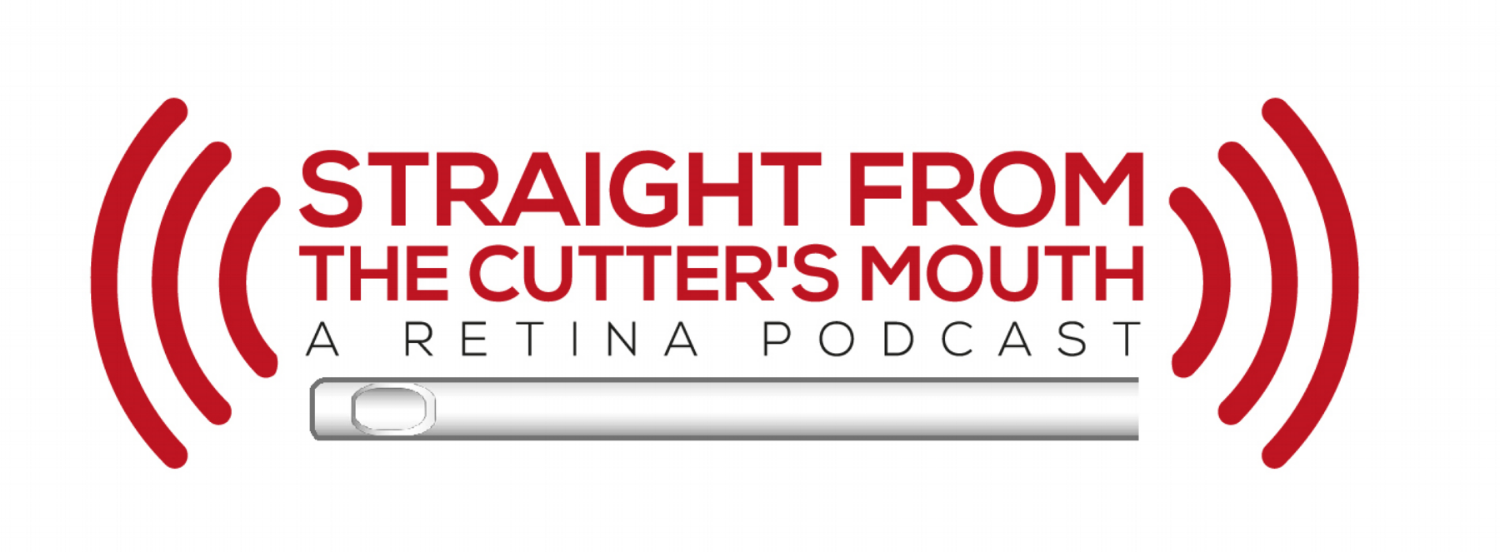Two Very Different Trips, One Very Similar Message
"Though we use quantifiable outcomes and definitions so that our research and science is sound, let us never forget the most important outcome is to patient lives, because our patients are our families, our friends, and ourselves."
####################################
My two most recent trips took me to opposite sides of the world. Towards the end of October, I spent some time with my grandparents in India, and in early November, I traveled to New Orleans for the American Academy of Ophthalmology (AAO) meeting and Retina Subspecialty Day. I enjoyed good food and excellent company on both journeys, and also had the opportunity to see modern ophthalmology from two very different perspectives.
On one hand, AAO and the Retina Subspecialty Day represent the culmination of innovations that drive our field forward. There we learn about the science that will define our recommendations - whether multiyear randomized controlled trials showed differences between pro re nata (PRN) and fixed-interval dosing of anti-vascular endothelial factor (VEGF) agents, what an IRIS registry database retrospective chart review revealed about outcomes of scleral buckling versus pars plana vitrectomy for rhegmatogenous retinal detachment, or whether that phase 3 trial of the newest age for dry age-related macular degeneration and geographic atrophy showed efficacy. Behind the scenes, the connections and relationships between motivated and hyper-intelligent physicians (not me!) stimulate innovation and progress in the form of new project ideas and collaborations. This side of ophthalmology we deal with extensively on the podcast, and it is no doubt invaluable.
On the other hand, in India I was placed on the patient side of the fence. By becoming the unofficial retina consultant for multiple relatives, I had to take a step back and remember why on an individual human level we do these exhaustive and detailed research endeavors to define treatment options and strategies. Moreover, it was also a reminder to recognize that what the physician views as success is not always appreciated the same way by the patient.
For example, one family friend spent an hour with me reviewing OCT scan results that documented his progress over months as he received treatment with anti-VEGF and then steroid injections for macular edema due to a central retinal vein occlusion (CRVO). Medically speaking, he had a great response to steroid treatment: complete resolution of macular edema and significant visual acuity improvement from 20/400 to 20/40. However, over the course of the conversation, I began to realize that while he was thankful for his treatments, he was frustrated with being possibly married to injections simply to maintain a level of vision which he felt was only 80% of his original vision. Though we have made significant advances in the era of anti-VEGF drugs that have given these patients a chance at better vision, we must continue to strive for more - drugs that last longer, agents that do not require injection, and ultimately a treatment that completely restores the function of damaged retina.
Later on, I had another long conversation with my 90-year-old great-uncle who has advanced dry age-related macular degeneration with geographic atrophy. In a clinical trial database or a quickly reviewed chart, his visual function would be reported with numbers such as “20/400 visual acuity” or “OCT central retinal thickness of 200 micrometers.” In person, however, his functioning is much more nuanced. While he does have ambulatory vision that allows him to independently navigate his house without falling, his devastatingly frustrating eyesight prevents him from reading the books he used to spend hours reading. This is a story that the numbers and studies will never be able to tell. Like many informed patients in this information age though, he has kept his ear to the ground. He asked me astute questions about intravitreal lampalizumab, an anti-complement factor D agent under investigation for dry AMD, which unfortunately did not meet efficacy in a recent phase 3 study. When I and other retinal specialists speak on the podcast about the disappointing results of a study, we are sincere, but one really gets a taste of tangible regret when speaking with a human being hoping only to see again. Despite not qualifying for many clinical trials due to his advanced disease, my great-uncle remains optimistic. He sees every victory against AMD as one more step towards regaining the sense he regards as most critical to his identity.
Perhaps others never lose having a balanced perspective, but as retinal specialists, it is easy to forget why we do what we do in the daily grind of clinic, research, and teaching. We review charts and publish not only to repair retinas, but also so that someone’s brother can see to play with his nephews and nieces. We support studies of new dry AMD drugs to not only to decrease the area of atrophy on autofluoresence pictures, but also so someone’s grandmother can read her newspaper (or iPad!) every morning. Though we use quantifiable outcomes and definitions so that our research and science is sound, let us never forget the most important outcome is to patient lives, because our patients are our families, our friends, and ourselves.
-Jay Sridhar

